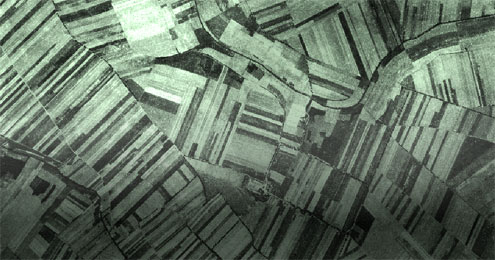Strojové-traktorové stanice a mechanizácia poľnohospodárstva na Slovensku v rokoch 1945
Machine and Tractor Stations and Mechanization of Agriculture in Slovakia in 1945 - 1953
Author(s): Miroslav SabolSubject(s): History, Economic history, Post-War period (1950 - 1989), History of Communism
Published by: SAV - Slovenská akadémia vied - Historický ústav SAV
Keywords: Tractor; Slovakia; Electromotors; Mechanisation; Agricultural machines;
Summary/Abstract: The period after 1945 was concentrated on ensuring adequate nutrition for the population, which was only possible through a comprehensive modernization of agriculture and it was the equipment in particular that should play a significant role. However, agriculture suffered an urgent shortage of tractors and draft animals. Too often the land was cultivated manually, which brought very poor yields. Slovak agriculture was at the very tail within the European countries in terms of the use of electricity as a symbol of modernization and development. Despite all the problems and difficulties, mechanization in agriculture advanced the most during the two-year economic plan in 1947/1948. After the communists got into power in 1948, machine and tractor stations (STS) were set up as a symbol of the collective ownership of agricultural machinery. The issue of the mechanization of agriculture became a topic of discussion in society. The lack of mechanisms steered the political leadership towards the forced acquisition of machinery. The machine and tractor stations were supposed to coordinate agricultural work using these acquired machines, thereby increasing productivity and multiplying returns. However, most agricultural machines were obsolete and unusable for work purposes. Without modern machinery and people educated in operating it, these intentions of the communists could not be implemented. By the end of the first Five Year Plan in 1953, revenues were far behind in comparison to the pre-war level. The gradual transition of workers from agriculture to other sectors of the national economy deepened the problem of mechanization and put the emphasis on the rapid exchange of manpower for the power of machines in the future.
Journal: Forum Historiae. Časopis a portál pre históriu a príbuzné spoločenské vedy
- Issue Year: 10/2016
- Issue No: 1
- Page Range: 75-87
- Page Count: 13
- Language: Slovak

